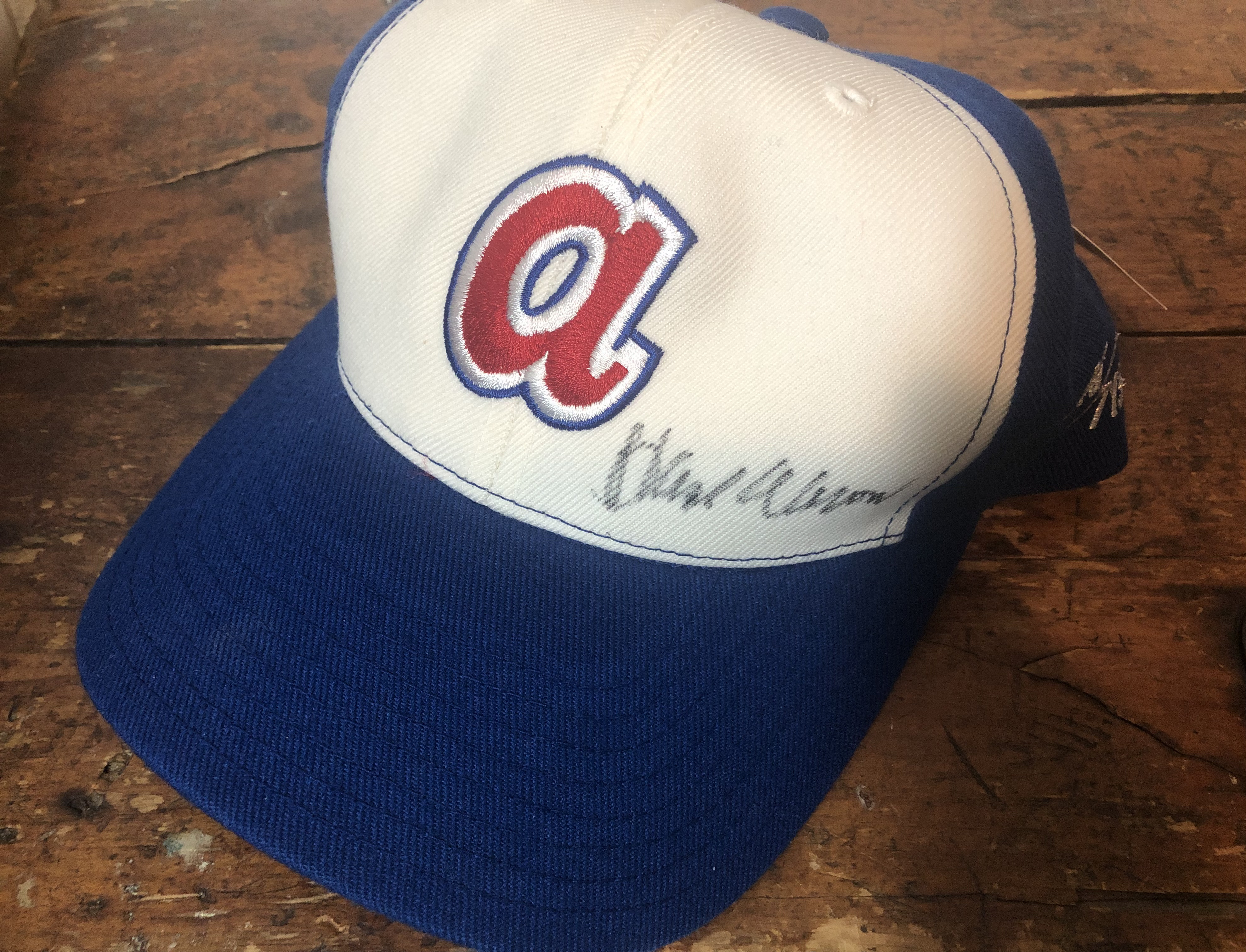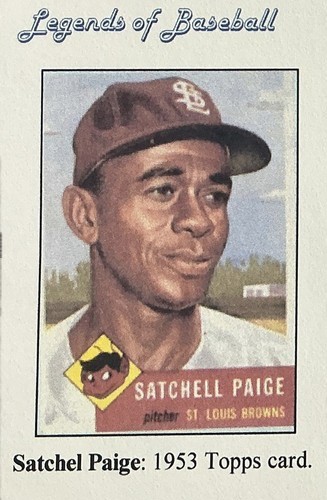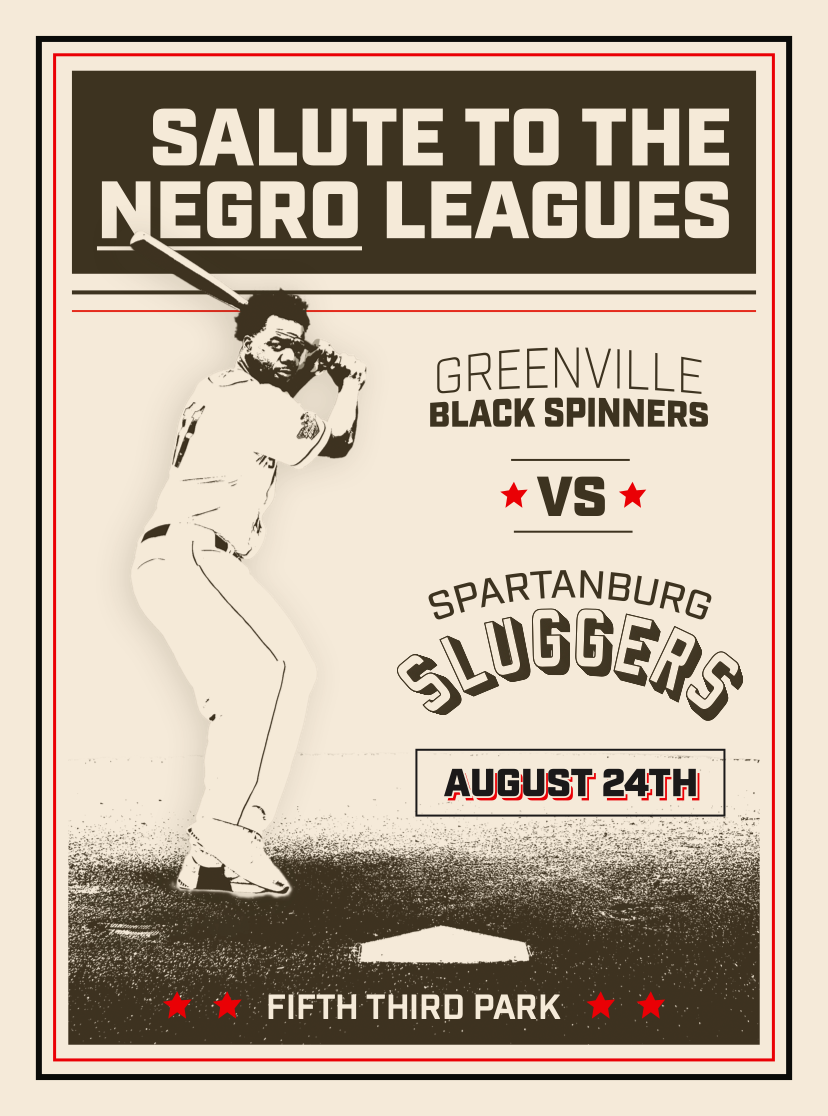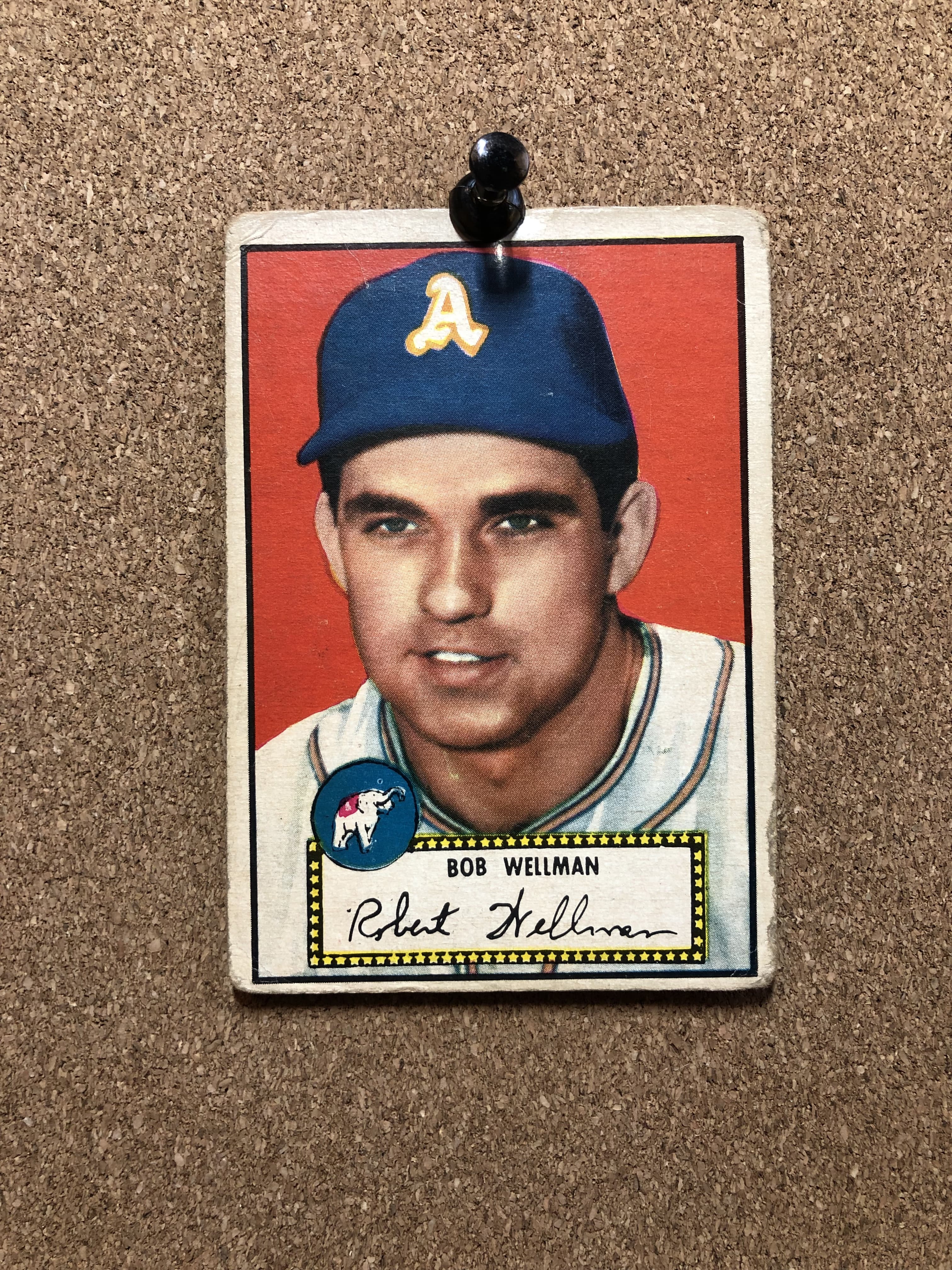
Bob Wellman: Manager of the Legendary 1966 Spartanburg Phillies
Dr. Edwin C. Epps
Bob Wellman wasn’t the first manager of the Spartanburg Phillies. When the Phillies arrived in 1963, their first skipper was Lou Kahn (66W-58L), followed the next year by Dick Teed (47-80) and by Moose Johnson in 1965 (55-67). Wellman arrived in 1966, his 11th year as a Minor League manager after having played for 15 years in Minor League Baseball and parts of 2 seasons—1948 and 1950—for the Philadelphia Athletics in the Big Time.

Bob Wellman: Manager of the Legendary 1966 Spartanburg Phillies
Bob Wellman wasn’t the first manager of the Spartanburg Phillies. When the Phillies arrived in 1963, their first skipper was Lou Kahn (66W-58L), followed the next year by Dick Teed (47-80) and by Moose Johnson in 1965 (55-67). Wellman arrived in 1966, his 11th year as a Minor League manager after having played for 15 years in Minor League Baseball and parts of 2 seasons—1948 and 1950—for the Philadelphia Athletics in the Big Time.
Bob Wellman
Bob Wellman wasn’t the first manager of the Spartanburg Phillies. When the Phillies arrived in 1963, their first skipper was Lou Kahn (66W-58L), followed the next year by Dick Teed (47-80) and by Moose Johnson in 1965 (55-67). Wellman arrived in 1966, his 11th year as a Minor League manager after having played for 15 years in Minor League Baseball and parts of 2 seasons—1948 and 1950—for the Philadelphia Athletics in the Big Time.
Like those of many other managers, Wellman’s route to the Majors had been of considerable duration, geographical variety, and complexity. Its details literally embody the meaning of the word peripatetic.
Wellman was born on July 15, 1925, and played high school ball in Norwood, Ohio. A big boy, playing professionally at six feet, four inches tall and weighing around two hundred and ten pounds, he signed out of high school as a 16-year-old with the Huntington Jewels of the Class C Mountain State League. That year he batted .268 and roamed the outfield with a .974 fielding percentage in a total of only 19 games.
The young outfielder didn’t play again until 1946, when he played Class D ball for the Tallahassee Indians in the short-lived Georgia-Alabama League. That year he began to hit his stride as a player, batting a respectable .332 and posting a .937 fielding percentage in 65 games. Thereafter Wellman became a dependable but unremarkable journeyman who played for more than a dozen Minor League teams during 15 seasons, mostly at the lower levels of Minor League ball but also playing for 5 AAA teams. He often batted above .300 too, and 4 times during the mid-1950s he led his league in home runs.
Twice Wellman received the callup to The Show, playing 4 games in 1948 and 11 in 1950, both times with the American League Athletics. All in all, however, it was becoming clear to him and to upper-level management that any future he had in the professional game was going to be as a manager or coach. He began to transition as a player/manager for the Class D Georgia State League Douglas Trojans in 1955 and then did double duty as a player and manager for 4 more years.
By 1961 Wellman was managing for the Philadelphia organization, first in Class D, then C, and finally Class A. In 1966 he was assigned to Spartanburg, where the Phillies accommodatingly produced an annus mirabilis and were subsequently named one of the top 100 Minor League baseball teams of all time. Wellman would return to manage in Spartanburg in 1971 and 1972, and he would manage another 14 years in the Minor Leagues, but never again would one of his teams achieve the .722 win-loss percentage that they accomplished in 1966.
How explain the year of wonder? For one thing, Wellman clearly had skills as a manager. He managed for a total of 25 years, and of the 3,356 games he managed, he won 1,703, a worthy .531 percentage. Then, too, in 1966 Wellman was working for general manager Pat Williams, himself a genuine wunderkind who had been hired for the Spartanburg position by his childhood neighbors the Carpenters, who owned the parent club in Philadelphia. This move was more than a good-buddy step up though. Under Williams the Spartanburg team had set a Minor League attendance record, and young Pat was to move on to successful executive positions for the NBA Philadelphia 76ers, the Chicago Bulls, the Atlanta Hawks, and the Orlando Magic.
One other factor was working for Bob Wellman: his 1966 team in the Upstate included no fewer than six future Major League players. These were Ron Allen, 1B, .318 BA, 16 HR, .975 fielding; Larry Bowa, SS, .312 BA, .972 fielding; Denny Doyle, 2B, .308 BA, .947 fielding; Barry Lersch, P, 4.50 ERA; Lowell Palmer, P, 2.53 ERA, 9-3; Mike Strahler, P, 1.58 ERA. These were all good players. Bowa and Doyle drew particular attention and were featured together on the same baseball card as promising stars of the future during their rookie year of 1970 in Philadelphia; Bowa went on to play 16 years in the Majors, including a dozen years for the Philadelphia Phillies, and Doyle played in the Bigs for 8, half of them also with the Phillies. Lersch pitched in the Majors for 6 years, 5 with the Phillies.
The combination of 6 future Major Leaguers on the field, a manager who was to produce a .674 winning percentage during his three years with the team, and a modern whiz kid in the front office in Pat Williams was indeed magical. The Phillies at one stretch won 25 games in a row and finished the season at 91-35; the team batted 25 points higher than the league average, and the pitchers posted an ERA almost a full point and a half lower than the league average.
At the end of his second term as manager of the Spartanburg Phillies, Bob Wellman hoped to make it to the Majors as a coach. He had played 2 seasons in the Majors and 15 in the Minors and also managed 17 in the Minors, but he had not yet served enough time to qualify for a MLB pension, and in 1972 he was 47 years old. His hopes were dashed, though, when he was assigned to the Phillies Class A team in Rocky Mount, NC, in 1973; thereafter he managed for three more years with the Phillies AA affiliate in Reading, PA, and then four years for the Mets AA team in Jackson, TX. He finished his career as a scout for the Mets and died at 69 in Villa Hills, KY.
One can’t help but feel that Bob Wellman deserved a better shot at the Big Leagues. He was well liked and respected by his players, fans, and the general managers of the teams he worked for. Writing at the conclusion of Wellman’s final year with the Spartanburg Phillies, Spartanburg Journal sports columnist Gene Granger called him “[b]ig, popular Bob Wellman” and wrote that “Wellman has done a fantastic job in three seasons here.” Reporting for the morning paper in Spartanburg, Earl Gault agreed: “Wellman has been as high as Triple A ball and has done a fine job at each stop.” In 1966 even team co-owner Leo Hughes, in a contentious letter to Spartanburg Journal Sports Editor Ed McGrath regarding what he interpreted as McGrath’s less than complimentary comments about the Phillies, wrote: “ [T]his was the best ball club ever to represent Spartanburg on the field as well as away from the field and this kind of a club is a credit to baseball and-or any City in this Country.”
The final assessment of Wellman I think should be that of 1972 Spartanburg Phillies outfielder and Columbia, SC, native Jerry Martin. Martin, who was to play 11 years in the Major Leagues, had both respect and a genuine fondness for Bob Wellman, whom his players affectionately called “the Whale” because of his stature. Wellman, said Martin , was “my all-time favorite manager. Skipper Wellman . . . knew the game of baseball and taught all of us how it should be played the right way. He could get the best out of his players because he was the type of guy that all of us wanted to do our best for.” Martin batted .316 and hit a dozen home runs for Bob Wellman in 1972.
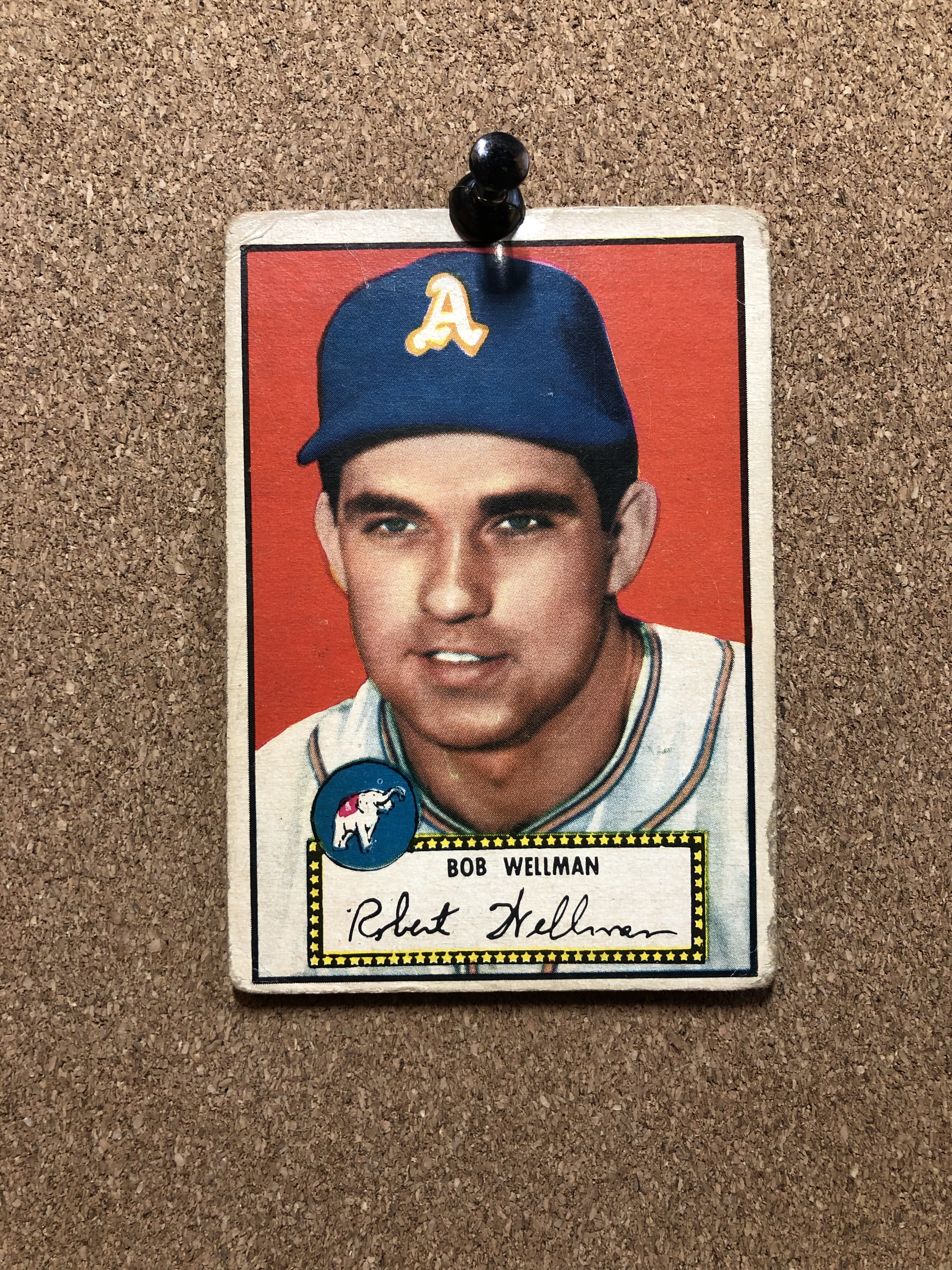

Dr. Edwin C. Epps
Author
Dr. Edwin C. Epps is a retired educator with more than forty years' experience in public school classrooms... He is the author of Literary South Carolina (Hub City Press, 2004) and a proud member of Phi Beta Kappa who believes in the value of the humanities in a rapidly changing world.

